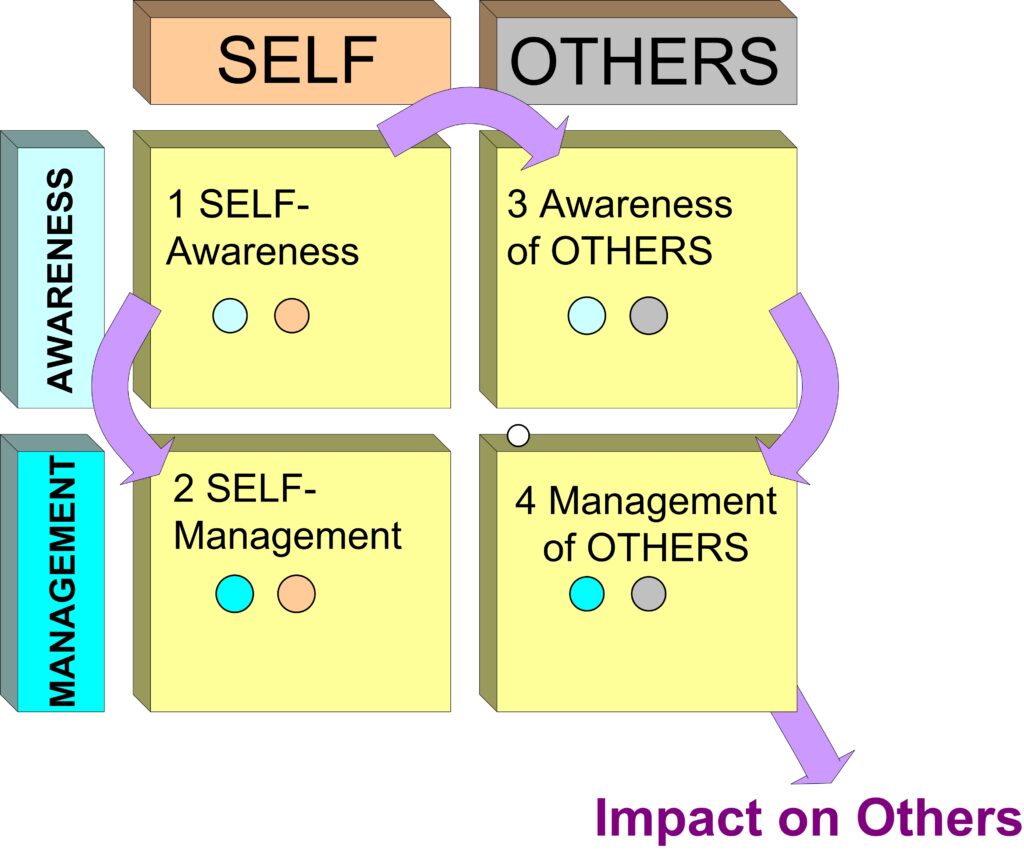
Introduction
How do you significantly improve the efficacy of a senior management team’s meetings?
Certain practical steps will create engagement, co-trust, increased creativity and more broadly-resourced solutions. Let’s start with the values that drive change, and how to apply those values.
Values Driving Change – The Big Ticket Answers
- Values are worthless without application.
- Values will not drive change without clarity in terms of actual behaviours and performance. Ideally, behaviours and performance are measured and benchmarked.
- You cannot see or measure a value – but, you can spot and measure a behaviour or performance! So we must look to behaviour and performance measures to create a difference. To start with, let’s define some values and then show how to apply them.
A set of values that we may use to drive change at meetings often includes some or all of the following: the list should anyway be short!
Value List
- People
- Inclusivity
- Creativity
- Research
- Testing.
To make change happen, these values need to translated into brief, fully understood behaviours/performance. Note that the same values could be embraced throughout an entire organization to develop (preferably bottom-up) scales of acceptable behaviour and performance.
For the first value, ‘People,’ I will go through the process, but for the others, let’s just list the outcomes (bulletted italics) in the form of acceptable behaviours/performance.
People
Respect for all is embraced by listening without interruption. Argument is fine, negative judgements are not. Even if a contribution is impractical, it is best to respond with an unthreatening question:
“Have you thought about the implication of our union representation and the implications of that?” This is much more encouraging than a sarcastic one,
“That is a great idea, if you want the plant shut down by the union”.
Some people have a psychological need to reflect before being able to contribute. Accommodate that need by structuring meetings with break-outs for deliberation.
Respect difference, including minority views. Without difference, we cannot always make the best decisions. So, here are some behaviours/performance that may fall from the above thoughts:
- We do not speak until the speaker has finished talking
- We encourage and plan for self-reflective spaces
- We are mindful of opposite/different views and their worth
- We give credit for actions behaviours and performance that meet or exceed expectations.
Below, from a similar process, the behaviour/performance criteria are listed.
Inclusivity
- We each encourage everyone to contribute
Creativity
- We challenge ourselves to go deeper into details, when our reactions are to be negative
- We encourage and plan for self-reflective spaces (2)
Research
- We make time for research where the impact of decisions is significant
Testing
- We trial and test to adapt and improve where we can, before roll-out.
Benchmarking Behaviours/performance
For each of the above bulletted behavioural norms above, we could easily set out benchmarking on a scale, say of 0-4. Zero represents the antithesis of the desired norm. Four represents what you would observe when the norm is perfectly expressed in behaviour/performance. Benchmarks at 1,2 & 3 would be represented by observable factors at ascending levels of competence from zero to Four.
Benchmarking is helpful especially where a strategic Reward & Recognition model is used with Personal Development Reviews. It enables detailed discussion and the potential for specific gap-management, so any individual can work on improvements.
Using Behavioural and Performance Norms
Behaviourally expressed norms become part of every meeting agenda, where they can be seen and referred to. Anyone should be able to challenge when norms are breached.
When facilitating Board change in organizations, I simply raise my hand and wait until whoever is speaking has finished, before speaking. It is a method often continued by the team long after my stint with the Board has finished. Good question strings might include:
- Mark, what was your objective in saying, “Arun, your idea will not work in France”. What did you want to have happen as a result?
- So, what do you suppose the actual effect of your statement about France actually had in the room?
- So team, what is the reality of your individual interpretation of what Mark said to Arun about France?
This format of intervention is repeated, and helps others to embed a working and acceptable system (that may grow and change) within the team. The actual behavioural norm can be overtly referred to as well.
Changing the Chair
A major and common issue concerns the Chair. In one London organization, the Chair appeared to be laid-back but in fact, the meetings existed only to “make him confident” (every member of the team agreed with that statement privately, but none were big enough to challenge the Chair directly, let alone at a meeting. His questions were invariably set to achieve that obvious, unexpressed need in him to feel confident. Productivity and genuine sharing was limited, with only three to five of the 7-9 colleagues at meetings contributing, even in half-day meetings!
Rotation of the Chair does not work. Not everyone is, or will be, ready to chair or be able to facilitate adequately.
When the Chair rotates, the usual Chair will have to draw back and mentally align themselves to be ‘just another’ member. In many cases the problem is also due to the perception of other Board members: they may have placed the Chair on a virtual pedestal of respect, power or fear. In that case, the usual Chair needs to leave the meetings to the team, so they can empower themselves. When the usual Chair returns he/she may need to stay quiet for several meetings.
In some cases, the Chairing ability of all team members is so poor, that there is nobody capable of facilitation. In that case, go to colleague outside the team or bring in an external facilitator.
Outcomes, Outcomes, Outcomes
An agenda of topics is a hopeless waste of space – period!
Topic-agendas are very common in Government, especially regional Government. Topic agendas exist throughout commercial organizations as well. They should not be tolerated.
We need to drive action and success by driving the outcomes. For the avoidance of any doubt, outcome means behaviour, performance and action!
Where responsibility for an outcome is taken, it needs to be recorded and reviewed later. Success should be uniformly honoured.
We give credit for actions behaviours and performance that meet or exceed expectations.
Meeting Times and Time Expectations
No meeting should be allowed to take place without setting start and finish times. Incoming calls to the organisation should never be answered like this: “She’s in a meeting and I don’t know when she will be available”.
When we set a time-frame, we are also setting team and personal agendas for achieving what is necessary in the time. Magically, with discipline, habitually long meetings get shorter!
If people tend to arrive late, start on time, whoever is missing. Do not acknowledge a late-comer until the person speaking has finished talking. Pagers, phones and ipads must be put into flight mode; distractions are disrespectful.
Time-table meetings at either quarter past or, quarter to the hour – never on the hour or half hour. Provide both a budget and target duration for the meeting. Never overrun the budgeted time, ever! The best target and budget durations use 25, 35, 40 and 50 minutes as time-frames – these are never seen in organizations that have ineffective (and often unliked) meetings, so setting up meetings with different durations AND different start and finish times makes a distinctive statement.
In one of my last corporate posts, people arrived on time (or soon afterwards) and meetings never over-ran the budget. As people got used to the new timings, I changed them; I started to run meetings at ten past, twenty past, twenty to, or ten to the hour. This developed even more concentration on start-times – and it worked. Meetings that had lasted 2 or more hours were now working effectively in 35 minutes.
Meetings Fit for Purpose – ‘Agenda Frames’
I call meetings fit for purpose ‘Agenda Frames’ but in fact, Agenda Frames are just a set of four meeting types that, with possible adjustment by you, will work for any meeting, in any setting, for any purpose! Here they are:
Agenda Frame (Meeting Type) – Subject/Objective – (Time)
- Show & Tell – Tom on merger situation (15m)
- Performance & Priorities (Individual & Project) Sales (45m)
- Participate & Develop – New Product Actions (50m)
- Blue Sky Product Adaptation and New Markets (50m+50m, space for self-reflection).
There is a lot more about the setting for each of these types of Agenda Frame in the book ‘Self-Coaching Leadership’ [1].
Conclusion
Meetings can be hated for many reasons. These reasons may include sidelining, domination, ridicule, bullying, accusation, dishonest politicking, boredom and fear. That so many individuals are not excited and looking forward to meetings is unsurprising, but also a disgrace. We can and must do better.
© Angus McLeod, 2015.
[1] McLeod, A. Self-Coaching Leadership – Simple Steps from Manager to Leader (John Wiley & Sons).
Continue reading Senior Meeting Efficacy






